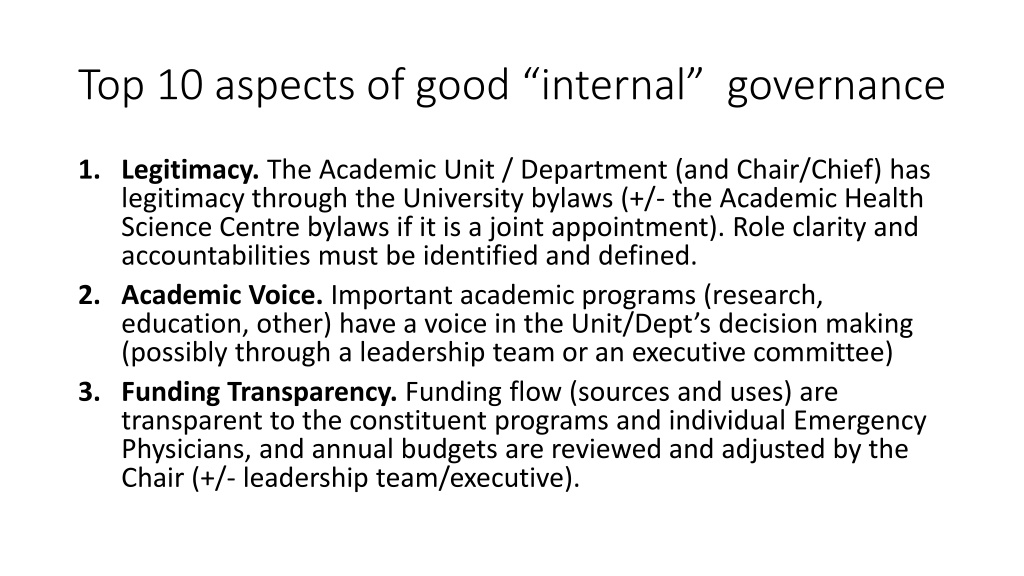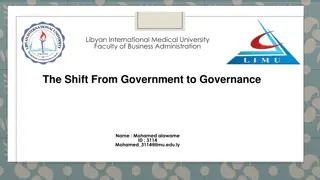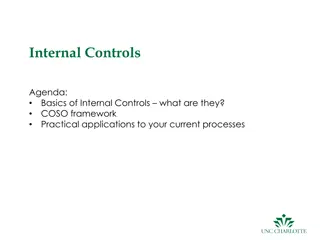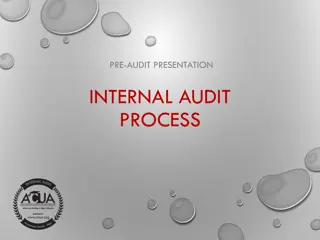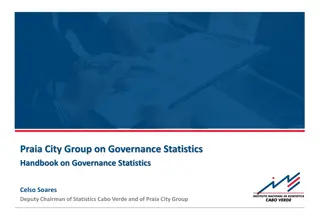Top 10 Aspects of Good Internal Governance in Academic Units
Legitimacy, academic voice, funding transparency, business/practice plan management, mission/strategic plan, academic program performance, individual productivity, physician compensation, physician representation/accountability, and dispute resolution are key aspects of good internal governance in academic units ensuring effective decision-making and accountability.
Download Presentation

Please find below an Image/Link to download the presentation.
The content on the website is provided AS IS for your information and personal use only. It may not be sold, licensed, or shared on other websites without obtaining consent from the author. Download presentation by click this link. If you encounter any issues during the download, it is possible that the publisher has removed the file from their server.
E N D
Presentation Transcript
Top 10 aspects of good internal governance 1. Legitimacy. The Academic Unit / Department (and Chair/Chief) has legitimacy through the University bylaws (+/- the Academic Health Science Centre bylaws if it is a joint appointment). Role clarity and accountabilities must be identified and defined. 2. Academic Voice. Important academic programs (research, education, other) have a voice in the Unit/Dept s decision making (possibly through a leadership team or an executive committee) 3. Funding Transparency. Funding flow (sources and uses) are transparent to the constituent programs and individual Emergency Physicians, and annual budgets are reviewed and adjusted by the Chair (+/- leadership team/executive).
Top 10 aspects of good internal governance 4. Business/practice plan Management. Clinical earnings / professional fees may pose a hidden (or contentious) governance problem for Academic Units / Departments as the Chair may have no legitimacy within the business management arm of the group. Depending on the method of the clinical payments (fee for service, alternate payment plan with sessional fees or hourly rates, or academic funding plans) the Chair will have more or less (and sometimes zero) influence over decision making wrt this source of funding. Careful consideration should be given to the role/influence of the Academic Chair here. Options include sitting as a voting member (representing the academic mission) on an independent business management committee, tithing an amount to come under the Chair s academic budget, or flowing all sources of funding (including clinical earnings) through the Chair (+/- leadership team / executive).
Top 10 aspects of good internal governance 5. Mission / Strategic Plan. There is a mechanism for creating, articulating, and iterating a mission/vision/ and strategic plan for the Academic Unit / Department that includes strong support for the research and education missions. 6. Academic Program Performance. Research and Education directors monitor, manage, and report performance metrics of the programs to the Chair (+/- leadership team / executive committee). 7. Individual Productivity and Reporting on Results. Individuals within the Unit/Dept are responsible for the efficient and productive use of academic funding (in service of the Dept/unit mission and strategic priorities) through regular reporting and performance management.
Top 10 aspects of good internal governance 8. Physician Compensation There is regular input from the group wrt setting practice plan principles guiding the compensation of both clinical earnings and academic protected time. The appropriate balance is sought between transparently setting and following the rules/principles (points systems, etc) and some discretionary decision making by the Chair to reward merit and incentivize excellence (subject to internal university reviews and accountability frameworks). 9. Physician Representation/Accountability Individual EPs have reasonable representation (and accountability) through the rights/responsibilities articulated in a membership agreement with the Unit/Dept. EP performance wrt the academic dept mission is managed through annual performance reviews linked to membership agreements and promotion track expectations. 10. Dispute Resolution. There is a fair and objective dispute resolution process if any individual physician, or academic program, does not feel that they have been treated fairly wrt performance and compensation.
